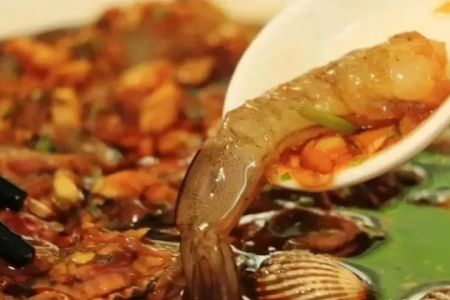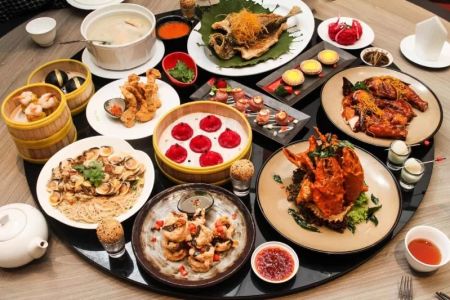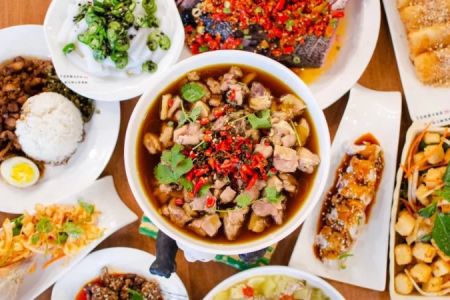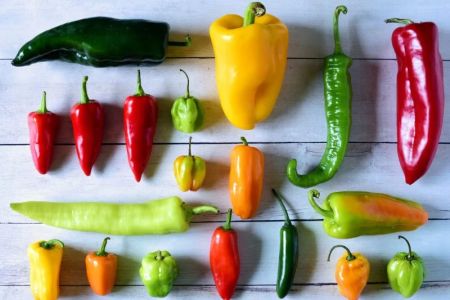- origins-and-cultural-significance-of-chinese-vinegars
- understanding-black-vinegar
- exploring-rice-vinegar
- culinary-applications-in-traditional-dishes
- modern-uses-and-global-adaptations
- where-to-find-quality-chinese-vinegars
1. Origins and Cultural Significance of Chinese Vinegars
Chinese vinegars have a history that stretches back thousands of years, deeply tied to regional cuisines and cultural practices. They are more than just condiments—they carry symbolism in rituals, represent heritage, and preserve traditional flavors. For many households, a bottle of aged vinegar is as essential as soy sauce. The guide to Chinese vinegars: black vinegar, rice vinegar, and their culinary applications highlights not just ingredients, but traditions that have been passed down for generations.
2. Understanding Black Vinegar
Black vinegar, particularly the famous Zhenjiang (Chinkiang) variety, is rich, smoky, and slightly sweet. It is aged in clay jars, which gives it depth and complexity. Used in dishes like braised pork, dumpling dipping sauces, and even soups, black vinegar enhances umami flavors while balancing fatty textures. Chefs often compare it to balsamic vinegar, but with a more earthy character. Families in Jiangsu province often recall how a splash of black vinegar transforms a simple noodle dish into something extraordinary.
2.1 Health Benefits Associated with Black Vinegar
In addition to its flavor, black vinegar is believed to aid digestion and improve circulation. While scientific studies are ongoing, its use in wellness practices reflects the close link between Chinese food culture and health.
3. Exploring Rice Vinegar
Rice vinegar, lighter and milder, is a staple across China and East Asia. Its clean acidity makes it perfect for salad dressings, pickling, and stir-fry seasoning. In Northern China, it’s often paired with dumplings, while Southern cuisines use it to brighten seafood dishes. Unlike black vinegar, rice vinegar is delicate, meant to enhance flavors without overwhelming them.
3.1 Variations of Rice Vinegar
There are clear rice vinegars and red rice vinegars, each suited to different dishes. Red rice vinegar, with its subtle sweetness, is often used in Cantonese sweet-and-sour recipes, creating the balance that makes the cuisine world-renowned.
4. Culinary Applications in Traditional Dishes
One cannot discuss Chinese cuisine without recognizing the pivotal role of vinegars. Black vinegar is essential in “sweet and sour spare ribs,” while rice vinegar is a key ingredient in refreshing cucumber salads. Dumpling lovers know that the perfect dipping sauce often comes from combining soy sauce, chili oil, and vinegar. In Sichuan cooking, vinegar cuts through the bold heat of chili peppers, creating harmony in the dish.
5. Modern Uses and Global Adaptations
Today, chefs worldwide experiment with Chinese vinegars in creative ways. Black vinegar is finding its place in gourmet reductions, while rice vinegar is a favorite in fusion dishes such as sushi rolls with a Chinese twist. Food bloggers often share stories of replacing Western vinegar with Chinese varieties to add authenticity and complexity to their recipes.
6. Where to Find Quality Chinese Vinegars
For those inspired to explore these flavors at home, sourcing authentic vinegars is essential. At Chinese Food, we provide high-quality black vinegar and rice vinegar, carefully selected to ensure traditional taste and purity. Whether you’re cooking family-style meals or experimenting with fusion dishes, the right vinegar elevates every recipe.







